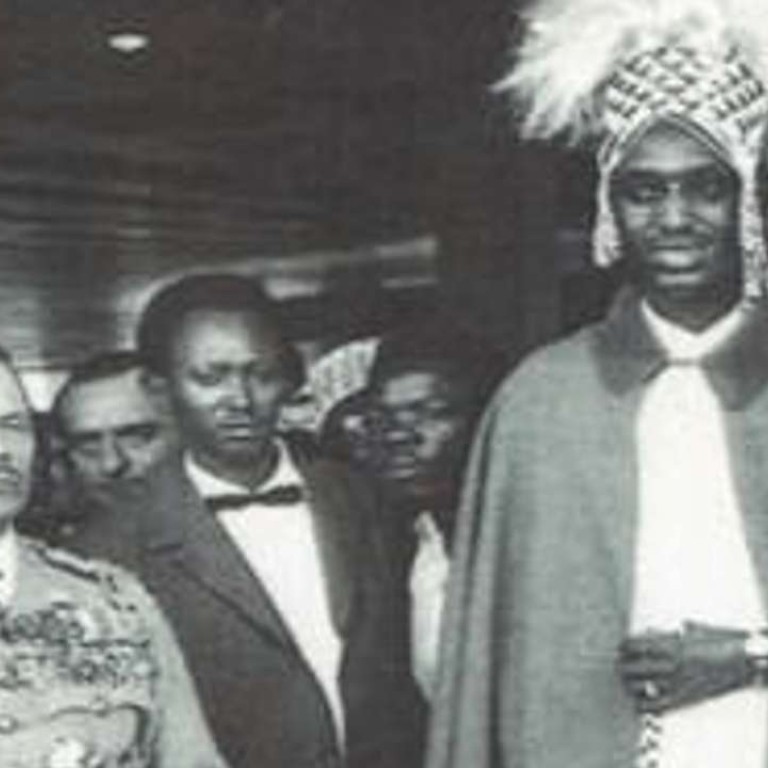

For many years he regularly “disappeared”, moving between small towns in regional Australia, always accompanied by Edith and her sons.

Both Edith and Augustus were married to others Augustus was eventually prosecuted and found guilty of deserting his infant daughter in England. She was Australia’s first female war correspondent, sent to Durban in 1900 to cover the Second Boer War.Įdith had already lived an unconventional life, moving to Melbourne from England in 1886 to meet her lover, Dr Augustus Dickenson. She returned to London in late 1883 to wide acclaim and was appointed to the influential position of Colonial Correspondent, a role that saw her become the highest-paid female journalist in London.Ī few years later, another female journalist, Edith Dickenson, also travelled great distances under difficult circumstances to fulfil her reporting role. The trip took a toll on her health, but Shaw continued to write and post her articles to The Times. Dwyer/State Library Western Australia 019926PD, CC BY Flora Shaw toured regional Australia in 1892, visiting WA sheep stations in an open buggy, in temperatures often above 40 degrees. The hazards and discomfort she experienced were recounted in letters to her sister. After a short stint in Brisbane, she continued her journey through the southern states, reporting on the fruit and butter industries in Victoria and on the Barossa wine region. She then toured Western sheep stations in a journey of more than 800 kms in an open buggy, in temperatures often above 40 degrees. Travelling by buggy and steamer, Shaw reported on the sugar, mineral and pastoral industries of Queensland. Flora Shaw, a British journalist, travelled throughout regional Australia in 1892. Others demonstrated remarkable bravery and resilience in jobs that were physically demanding and dangerous. State Library Victoria/Mathilde Philippson Jessie Couvreur grew up in Hobart, then worked for the London Times as Brussels correspondent in the 1890s. These include Anna Blackwell, Australia’s first female correspondent, who reported from Paris for the Sydney Morning Herald from 1860, and Jessie Couvreur, who worked for the London Times as Brussels correspondent in the 1890s after growing up in Hobart. But others eagerly took on roles that were usually only assigned to men. Some of the women who feature in Bold Types wrote for the women’s pages, often in addition to more satisfying work. Gender inequality was part of the deal, she writes, and sexual harassment was rampant.Īt the time, most female journalists were employed on the women’s pages, where they typically covered social events and were paid at low rates, despite their coverage generating significant revenue from advertisers. She worked as a journalist in male-dominated newsrooms, including at the ABC, during the 1950s and 1960s. Gender inequality was ‘part of the deal’Īn historian and author, Clarke is well placed to tell these stories. They also had to ignore the ethos of a society that disapproved of middle-class women working at all, much less in a such a public job at journalism.
HE DIED IN OBSCURITY FULL
Women who reached positions of standing and power could suffer the full brunt of gender discrimination either publicly or subtly. They ventured into muddy battlefields, down mines and into slums and prisons in their crinoline-style, ankle length dresses. The earlier journalists wrote thousands of words in longhand using quill pens.

The journalists in Bold Types were a particularly ground-breaking group, given the societies in which they were living. Review: Bold Types: How Australia’s First Women Journalists Blazed a Trail – Patricia Clarke (National Library of Australia Publishing)įacing obstacles at every turn, they were adventurous and incredibly courageous. Which makes the women of Bold Types, who worked as journalists in Australia from 1860 to the end of World War II, particularly worthy of our attention. Even then, they were typically confined to writing for the “women’s pages”.īefore this time, female journalists were almost unheard of. It was only after the 1950s that women started joining the profession in small numbers. This is a remarkable turnaround when you consider journalism was, not that long ago, almost entirely produced by men. And in Australia, women have held the majority of journalism jobs for some time.

In many countries, about two thirds of journalism tertiary students are female. In contemporary journalism education, this is the norm. When I look out into a class of journalism students, the faces I see will often belong to young women.


 0 kommentar(er)
0 kommentar(er)
